1. Don’t Stick Your Chopsticks Upright in Rice
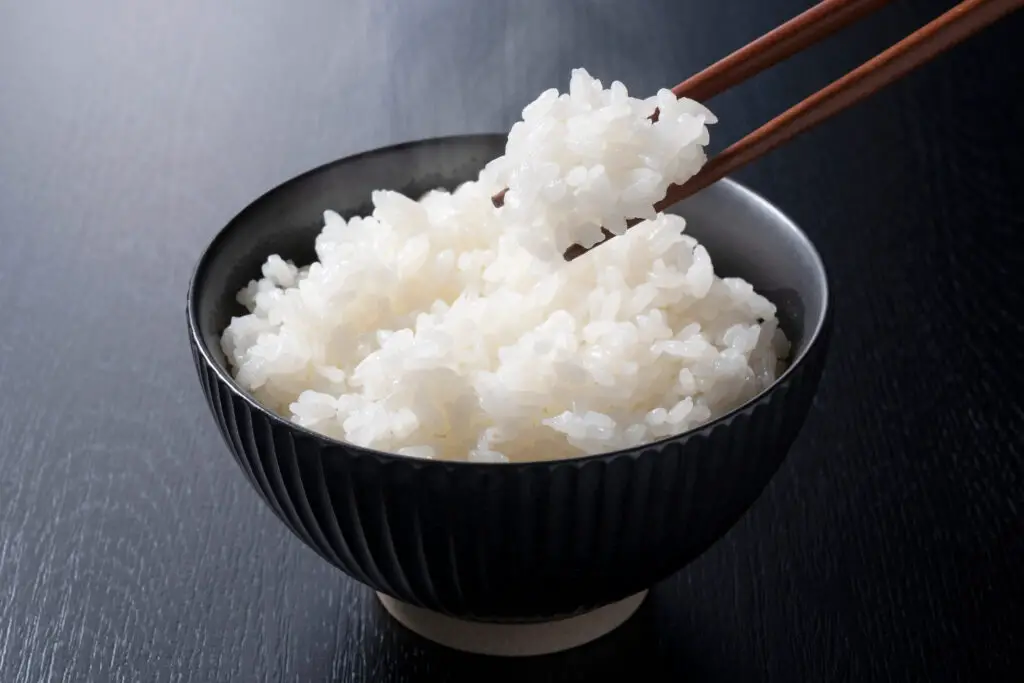
In many Asian cultures, especially in Japan and China, sticking your chopsticks upright in a bowl of rice resembles a funeral ritual. It’s how rice is offered to the dead at altars, so doing this at the dinner table can come off as not only disrespectful but also a little unsettling to those around you. Most locals won’t call you out directly, but you’ll probably notice a sudden shift in mood or a few uncomfortable glances. It’s a small gesture, but it holds a lot of cultural weight says Tasting Table.
Instead, if you need to put your chopsticks down, place them neatly on the edge of your plate or on a chopstick rest if one’s provided. It may seem like a small detail, but it shows you’re being mindful of local customs. When in doubt, just observe how others are handling their utensils. It’s not about being perfect, but about showing respect for traditions that go way deeper than we might realize. This one is easy to avoid once you know adds Reader’s Digest.
2. Slurping Is Not Rude—It’s Encouraged
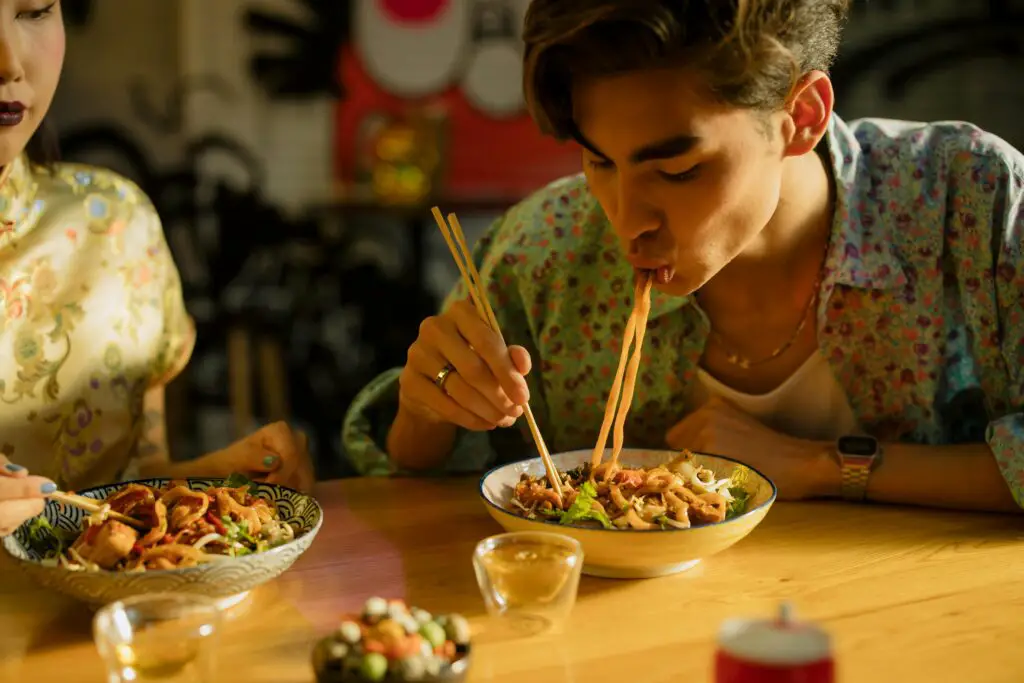
Westerners are often taught that slurping is impolite, especially at the dinner table, but in places like Japan and parts of China, slurping noodles is actually considered a compliment to the chef. It shows you’re enjoying your food and not holding back. That big noisy slurp might make your American grandmother cringe, but in a Tokyo ramen shop, it’s practically a badge of honor says the New York Times.
Don’t be afraid to go for it, especially if the locals are doing it. It helps cool down hot noodles and enhances the flavors, especially with brothy dishes. Just know there’s a difference between joyful slurping and full-on obnoxious noise-making, so use a little finesse. This is one of those cultural swaps that’s kind of fun once you get into it. Let go of the manners you were taught and embrace the bowl adds Nippon.
3. Don’t Point with Your Chopsticks
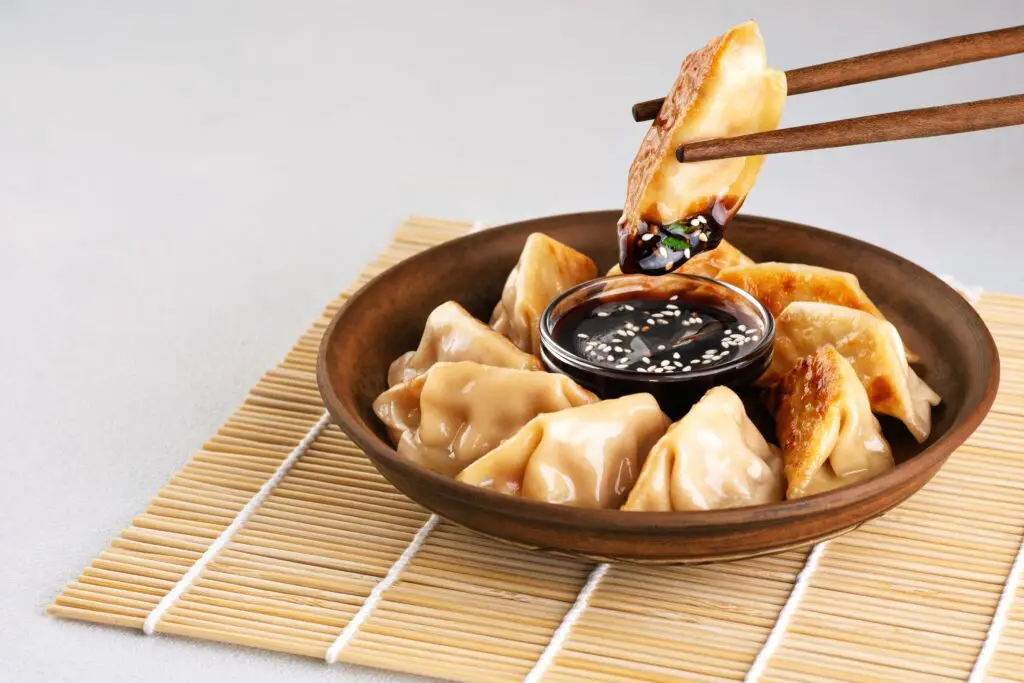
You might not even realize you’re doing it, but pointing at people or objects with your chopsticks is considered rude in many parts of Asia. It’s a gesture often associated with scolding or accusation, and it can come off as aggressive. Even just waving them around while you talk can make others uncomfortable.
It’s best to keep chopsticks close to your plate when you’re not actively eating. If you’re discussing dishes or asking someone to pass something, use your words, not your utensils. Once you notice it, you’ll start catching yourself before doing it. These subtle cues might not be obvious at first, but they’re noticed more than you’d think. It’s all about being a respectful guest.
4. Sharing Isn’t Optional—It’s Expected

In many Asian cultures, meals are meant to be communal, and ordering one dish per person without sharing can come across as odd or even a bit cold. The idea is to create a shared experience where everyone samples a little bit of everything. When Westerners stick to their own plate and don’t offer bites, it can feel a little isolating to the rest of the table.
If you’re dining with locals, let them take the lead on ordering and be open to passing plates around. It’s part of the fun and often leads to discovering something delicious you wouldn’t have picked for yourself. Don’t worry about double-dipping either—most meals come with serving spoons or chopsticks for hygiene. Embracing the sharing spirit shows you’re there for more than just the food. You’re there for the connection.
5. Don’t Pour Your Own Drink First

This one trips a lot of people up. In countries like Korea, Japan, and China, pouring your own drink first, especially alcohol, is considered a little self-centered. The etiquette is to pour for others before yourself, and ideally, someone else will return the favor and pour for you. It’s a quiet, respectful exchange that shows thoughtfulness.
If you’re out with a group, especially in a business or social setting, pay attention to who’s glass needs filling. Holding your glass with both hands when someone pours for you is also part of the ritual. It might feel overly formal at first, but it becomes second nature pretty quickly. You’ll impress your hosts by picking up on it. It’s one of those unspoken rules that speaks volumes.
6. Don’t Bite Into Food on a Skewer
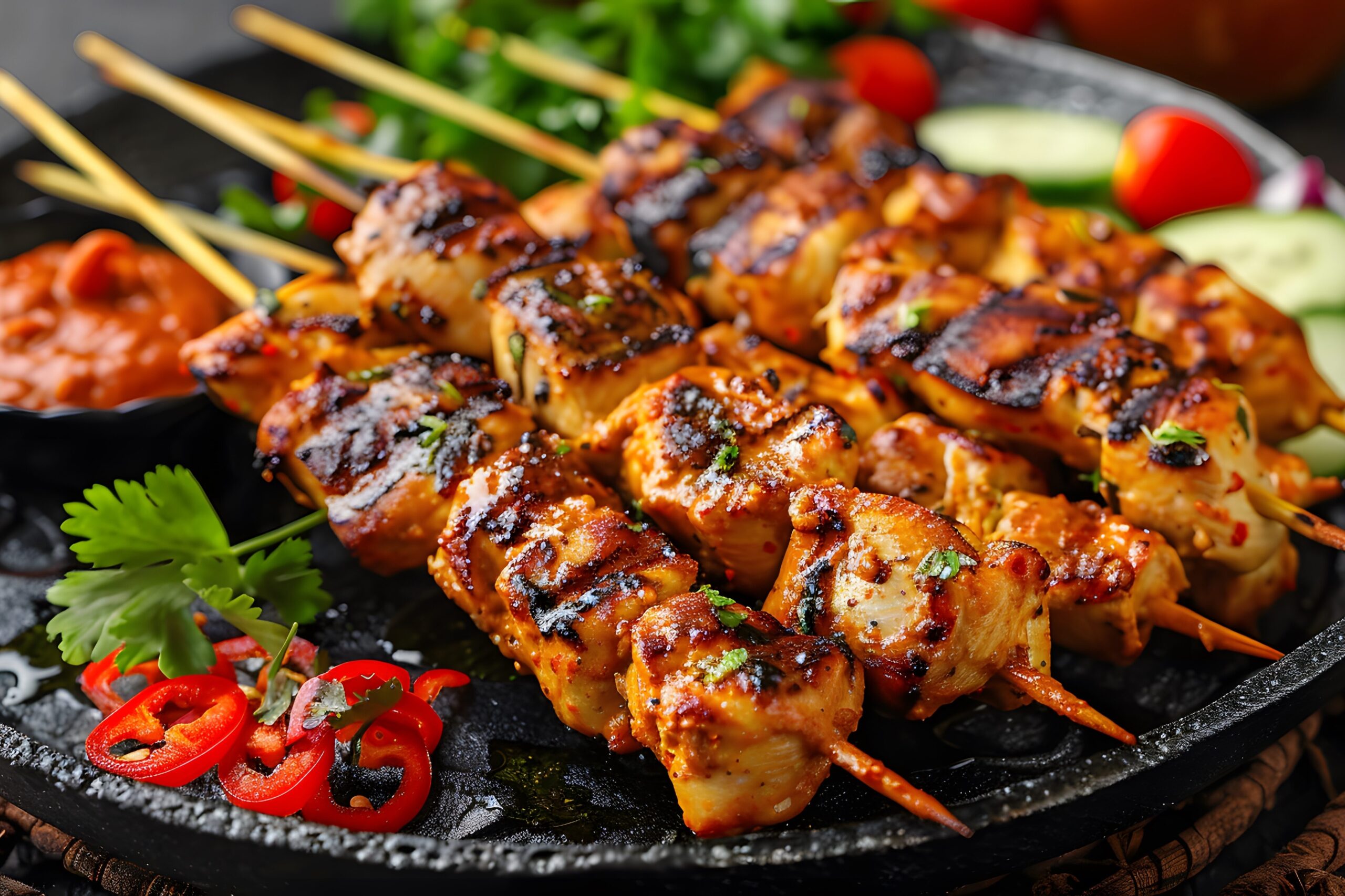
In places like Japan, biting directly into food on a skewer—like yakitori—is frowned upon. Skewers are meant to be used as a serving tool, not eaten from like a corn dog. Instead, you’re supposed to slide the meat or veggies off the stick onto your plate using your chopsticks.
It seems like a tiny detail, but it’s a sign that you’re tuned into the cultural dining norms. Plus, it makes sharing easier and keeps the eating process neater. If you’re in a more casual setting, like a street food stall, the rules might be looser, but it’s still worth being aware. Locals will notice the effort, even if they don’t say anything. A little grace goes a long way.
7. Don’t Mix Wasabi Directly into Soy Sauce
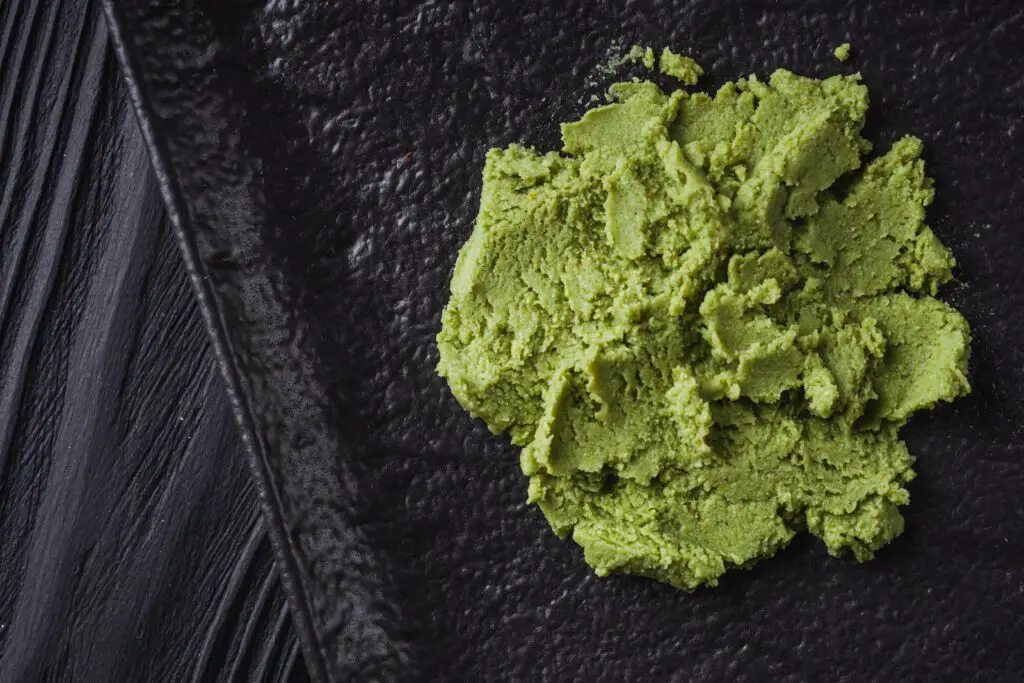
This one’s mainly for sushi lovers. In Japan, mixing wasabi directly into your soy sauce is considered bad form, especially in traditional sushi settings. It dulls the flavors and changes the balance the chef carefully prepared. In high-end sushi restaurants, chefs often already place the perfect amount of wasabi between the rice and the fish.
If you do want more heat, it’s better to dab a little wasabi directly on the fish. Pour soy sauce gently into the dipping dish and dip the fish side in, not the rice. It might seem overly fussy, but sushi is an art form there, and eating it with care is part of the experience. When in doubt, follow the chef’s lead. They’re the artist—you’re the lucky diner.
8. Don’t Start Eating Before the Elders

In many Asian cultures, meals don’t begin until the eldest person at the table has taken their first bite. It’s a sign of respect and deeply ingrained in traditions across places like China, Korea, and Vietnam. Jumping in before the eldest starts eating can come off as impatient or even rude.
You don’t need to make a big show of it, but just keep an eye on the older members of the group. Once they’ve picked up their utensils, it’s your cue. This is especially important in formal meals or family settings. If you’re not sure what to do, just wait a moment and observe. A little patience shows a lot of respect.
9. Don’t Leave Your Bowl on the Table

In many parts of Asia, especially in China and Japan, it’s polite to lift your bowl of rice or soup toward your mouth instead of bending down to eat. Leaving the bowl on the table and hunching over it is seen as bad posture and poor manners. It might feel awkward at first, but it’s actually a much cleaner and more efficient way to eat.
Using chopsticks becomes easier when the bowl is closer to your mouth, and you’ll drop fewer grains of rice. Just be sure to hold the bowl with one hand and use your chopsticks with the other. If you’re in a formal setting, it makes a noticeable difference. Little things like this can make your whole dining experience smoother and more enjoyable. Plus, it shows you’re making an effort.
10. Don’t Waste Food
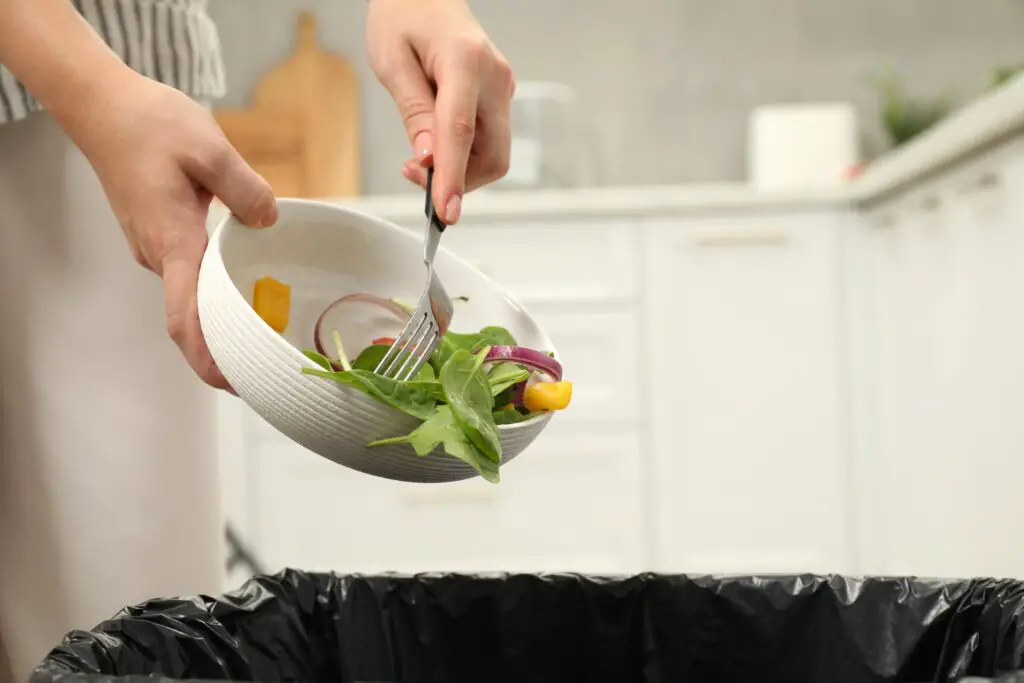
While this might seem universal, in many Asian countries, wasting food is especially frowned upon. In cultures where food scarcity was historically common, leaving uneaten rice or picking around dishes can come across as disrespectful. Every grain matters, and finishing your plate is often a quiet way of showing gratitude.
If you’re unsure about a dish, take a small portion first. You can always go back for more, but leaving piles of food untouched can feel wasteful to your hosts. In places like Thailand and China, it’s better to pace yourself than to overfill your plate. Appreciation is shown not just in compliments, but in clean plates. It’s simple, but powerful.
11. Don’t Blow Your Nose at the Table

This one’s more about timing than anything. In many Asian countries, blowing your nose loudly at the table is considered pretty gross, especially in Japan. It’s better to excuse yourself and do it discreetly in the restroom or away from the group.
It’s a cultural thing, and while sniffing a little is more accepted, pulling out tissues and going for it mid-meal can really kill the mood. Even if your nose is running from spicy food, try to be subtle. People won’t say anything directly, but you’ll definitely get a few sidelong glances. It’s a good reminder that manners can look totally different around the world. What’s normal in one place might be unthinkable in another.
12. Don’t Refuse Food Too Strongly

Turning down a dish too firmly, especially when it’s offered by a host, can be seen as rude in many parts of Asia. Food is a form of hospitality, and when someone offers you something, they’re extending friendship or goodwill. A harsh “No thanks” can unintentionally offend.
If you truly can’t eat something, be gentle and polite. A soft “Maybe a little later” or “I’ll try just a small bite” shows respect without causing offense. In some cultures, refusing once is expected as part of politeness, and hosts might insist two or three times. It’s all part of a social dance. Just try to go with the flow and be gracious.
13. Don’t Expect Substitutions or Custom Orders

Unlike in many Western restaurants, customizing your order is often frowned upon in Asia. The dish is the dish, and the chef prepared it a certain way for a reason. Asking to hold the onions, switch the sauce, or go gluten-free might be met with confusion or even irritation, depending on where you are.
In places like Japan or Vietnam, food is seen as a complete creation, not a build-your-own situation. If you have serious allergies or dietary needs, try to communicate them respectfully and ahead of time. But if it’s just preference, it’s best to be flexible. Trying things as they come can lead to some pleasant surprises. And who knows, you might find a new favorite.
14. Don’t Tuck Into Your Meal Without Saying Something First
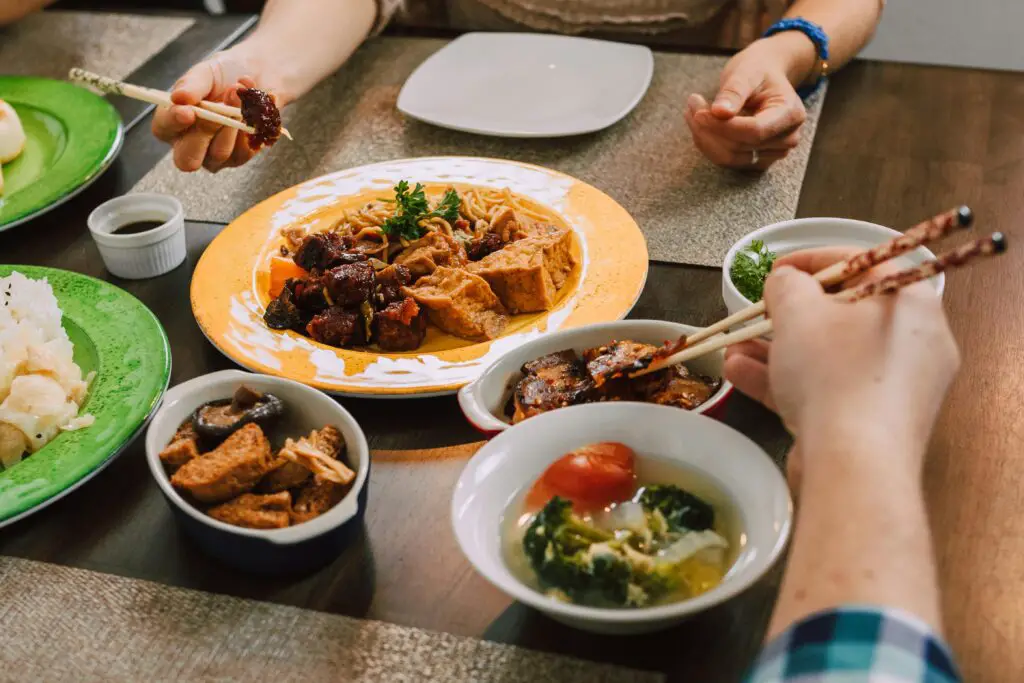
In Japan, it’s customary to say “Itadakimasu” before eating, and in Korea, “Jal meokkesseumnida.” These phrases are more than just “Let’s eat”—they’re expressions of gratitude for the food and those who prepared it. Sitting down and digging in without any acknowledgment can come off as a little impolite.
Even if you’re not fluent, trying to say the phrase or just pausing for a beat before starting shows awareness and respect. It creates a little moment of mindfulness before the meal begins. You don’t need to be perfect with pronunciation—just making the effort goes a long way. It’s one of those small rituals that adds meaning to the meal. And honestly, it’s a beautiful habit to adopt.
